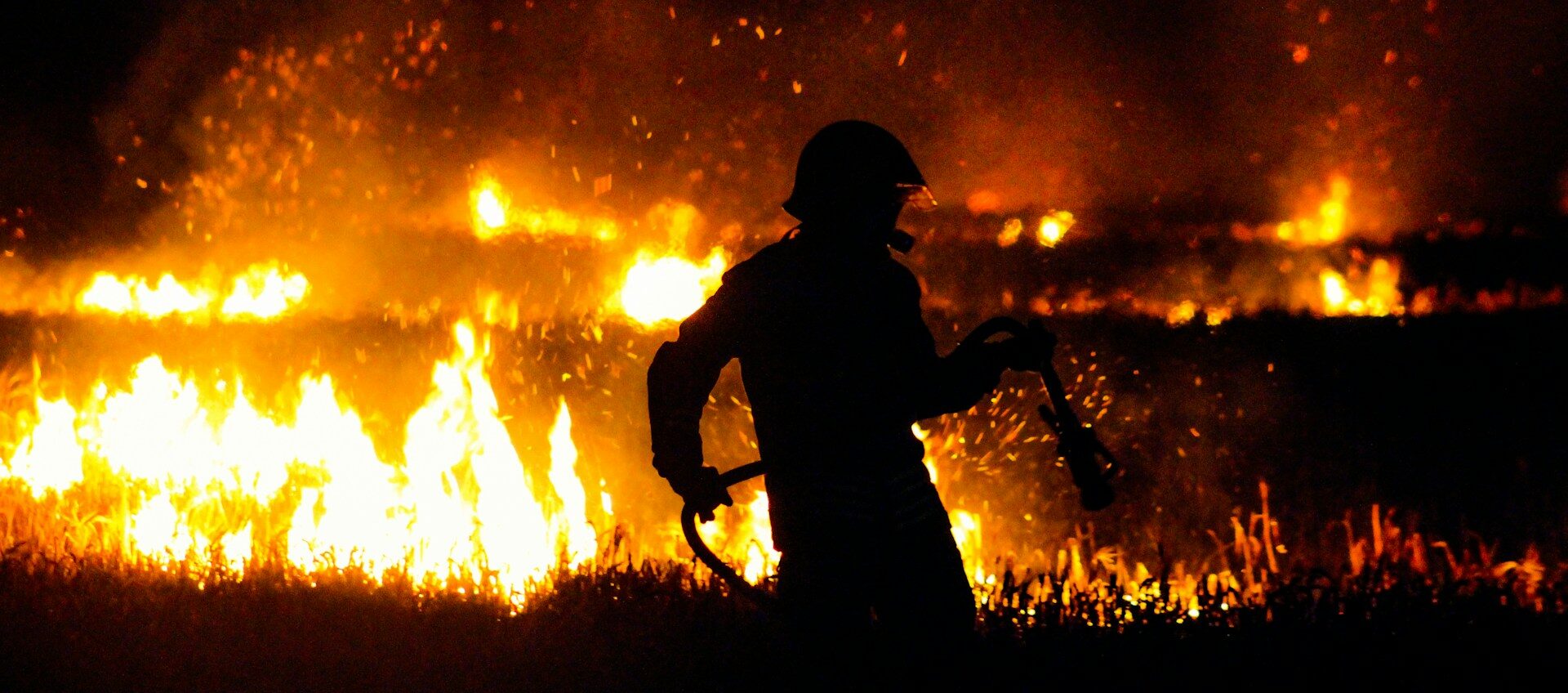Fire crews are racing to put out vegetation fires in Kaikōura before this week’s extreme winds pick up again.
Eleven crews, including heavy machinery and dangerous tree fellers, are across Kaikōura Flats to continue to firefight and strengthen containment lines before weather conditions worsen this afternoon. Firefighters also remain active at three fires in Hawke’s Bay.
Metservice has issued a red warning for strong winds for Thursday for the regions of Canterbury, Wellington, and Wairarapa south of Carterton. Total fire and fireworks bans have come into force for parts of the North Island and South Island.
The Science Media Centre asked experts to respond.
Dr Nathanael Melia, Founding Director at Climate Prescience Limited & Senior Research Fellow at Victoria University of Wellington, comments:
“Although New Zealand can get wildfires year-round, it is early to have wildfires in the news. Many rural fire metrics were at their highest level yesterday, conducive to igniting scrub and other dry, lower-level vegetation.
“Kaikōura, arguably the most beautiful location in a nation of beauty, is often picture-postcard tranquil. But that scenery lends itself to some of the most extreme wind behaviour in the country. The Southern Alps meet the coast here, and that contrast acts as a break in a dam when we get strong North-westerly pressure against the Tasman side of the Alps.
“Unlike your birthday candles, wildfires thrive on wind, and wind conditions are extreme this week. Wind sucks out moisture from vegetation, transforming it into potential fuel, and carpet bombs embers from bonfires downwind. Fire crews will be hoping that they and the local communities can get on top of any lingering hotspots today before the main wind event shows up tomorrow. They will also be hoping to see if the rain from this wind event can make it over the divide, which it often fails to do. The Northerly component of the wind yesterday over New Zealand caused it to funnel through the Cook Strait and then move southbound, hugging the coast over the frictionless sea. This complex interaction results in wind gusts spiralling inland and fanning and transporting flames.
“MetService has issued a red wind warning for Thursday across all of Canterbury. Hopefully, this results in offshore conditions blowing embers out to sea, rather than reigniting and creating extreme wildfire behaviour.”
No conflicts of interest.
Dr Nicola Day, Senior Lecturer, School of Biological Sciences, Victoria University of Wellington, comments:
“Unfortunately, the current fire activity in Canterbury and the Hawke’s Bay are signs of things to come due to increasingly wild weather and dry conditions we see in these areas due to climate change. It is a bit concerning to see vegetation dry enough to ignite at this time of year, as we’d hope there’d be enough moisture in the plants to prevent fires from igniting and carrying. However, the wind is drying everything out and fires are carried very fast in this extreme wind. It’s hard to understand the impact the fires will have on the landscape at this stage, but many plants can survive fires so regeneration could occur very quickly depending on what is burning.”
Conflict of interest statement: “I currently receive funding from the Department of Conservation and Bioprotection Aotearoa.”
Shana Gross, Fire Ecologist, Bioeconomy Science Institute, comments:
“Windy conditions can rapidly dry out fine fuels such as grasses, making them highly flammable even after rain. Such conditions also increase the risk of fire spreading quickly, hindering effective response efforts.
“The Bioeconomy Science Institute is a key provider of fire research in New Zealand. We carry out research in New Zealand’s rural and forest landscapes aimed at protecting life and property from wildfire.
“This research helps Fire and Emergency NZ staff better understand fire behaviour, which in turn informs their management of incidents such as this one in Kaikōura, giving them the knowledge and tools to prevent fires from occurring and to control wildfires that do happen more quickly and safely.
“Research helps with understanding community awareness of rural fire risk, preparations to minimise wildfire impacts, levels of household and community preparedness and residents’ behaviour when facing evacuation.”
No conflicts declared.
